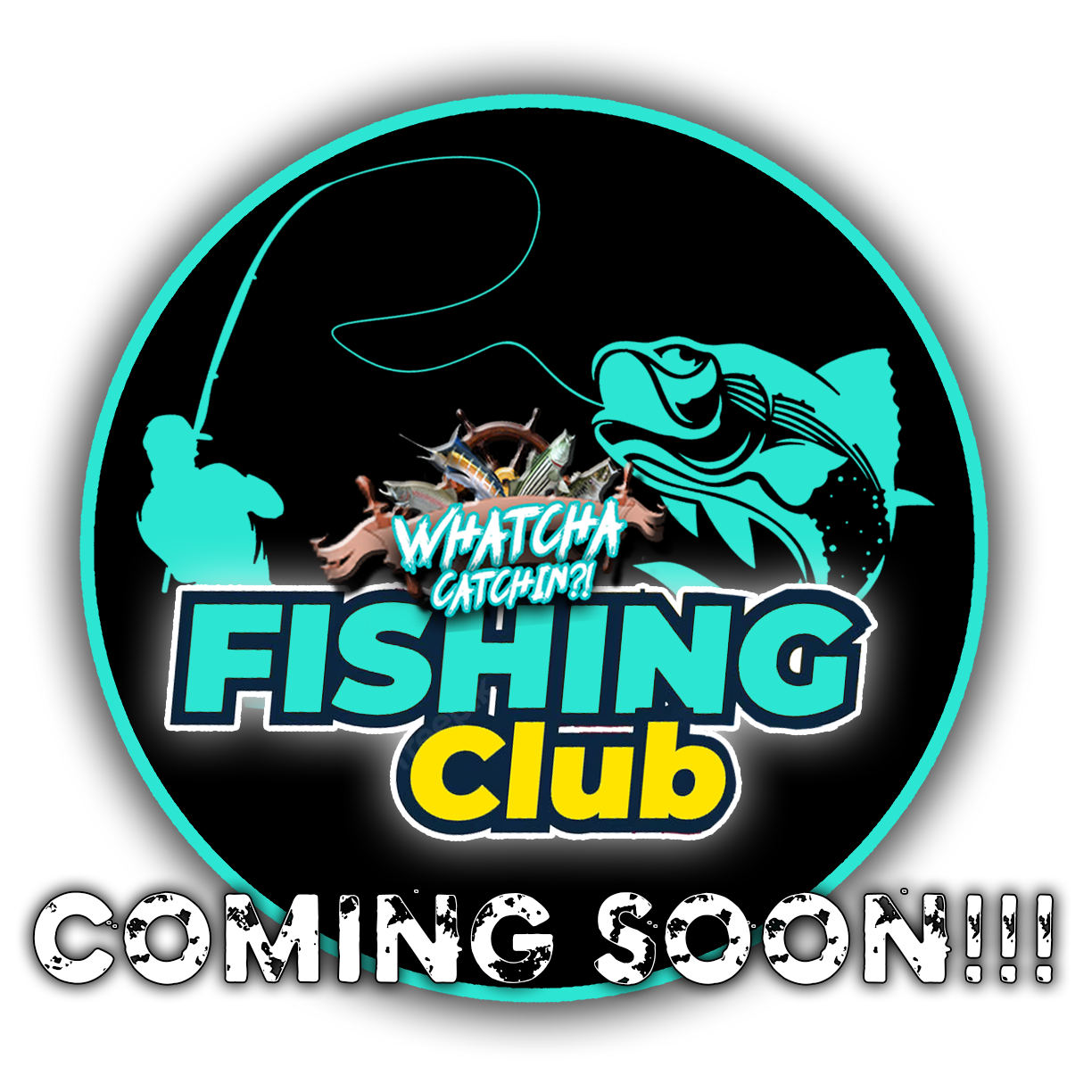It’s about this time every year when I think back on my early days of fishing on the small to mid-size rivers that were close to my north Iowa home. There were ponds and lakes in the area, but the rivers at this time of year provided better fishing action. In recent days I visited some of my old fishing holes. Many of the best spots weren’t there anymore. They had filled in due to erosion. However, floods had created other fishing spots that were as good as my old hot-spots. Rivers, just like people, change as they age. But, and again just like people, many of those changes are for the better. Following are a couple of ideas for taking advantage of the fishing opportunities offered by a river near where you live.
Small and medium sized rivers are best fished by wading. Many of them are too small for a boat. I often wear cut-off jeans and old tennis shoes to wade when the weather is warm and chest waders when it’s chillier. You’ll need a spinning rod with eight or ten pound test line and a few baits. This is bare-bones fishing.
Current is key when river fishing. If the fish are hungry, they’ll be at the edge of the current. They especially like to be near objects that break the current. The object could be a rock, a log, or a bridge piling. An improperly discarded stove that washed into one of my favorite holes provided an ambush spot for smallmouth bass for several years. The fish position themselves behind the object right at the edge of the current. When a minnow or bug goes by, the fish darts out, eats the minnow or bug, then gets back in the slack water out of the current.
Top tournament angler Jay Przekurat says that a lot of baits will fool bass in rivers, but when he’s fishing a river and needs to get bit, he’ll probably be casting a 1.5 KVD Squarebill. This crankbait triggers strikes. It moves quickly, and if it goes by a bass, walleye, or pike, they will often hit it as a reaction. A Rage Grub or Mr. Crappie Grub on a jighead can be very good also.
Lure presentation is important. River fish that want to eat are usually facing upstream. They know that wounded minnows or bugs are going to be moving downstream, so if the fish is facing upstream, it can see prey coming. Fish that are facing downstream are going somewhere and not as interested in eating. Most of the time, not all the time, but most of the time, you’ll want to present your bait so it’s moving into the fishes face. Usually it works well to cast cross-stream and retrieve the bait so it washes into the suspected fish-holding area. Start your approach downstream of the target areas and work your way upstream. By doing so, you’ll be less likely to spook nearby fish. Keep quiet and don’t move quickly.
If you’re walking along the river bank, try to keep a low profile. If you’re back-lit by the sun, the fish can see you easily and will spook. Your shadow will also scare the fish. As much as possible, stay at river level.
Rivers are abundant across North America and can provide outstanding fishing. Find a river near where you live and get on it or in it. I’m guessing that if you do that once, you’ll do it again.
By Bob Jensen










